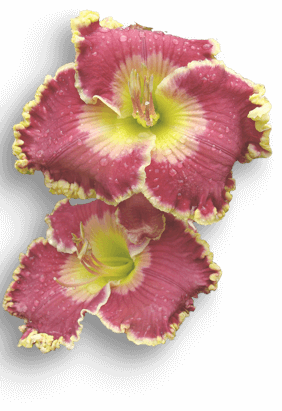There are a number of different species of cutworms occurring worldwide. They feed at night and are often seen when cultivating around plants, curled up just under the soil surface during the day as in the image of the Variegated Cutworm, Peridroma saucia. Cutworms are caterpillars; the larvae of nocturnal moths, and measure around one to two inches in length. Some chew into the base of the plant close to the soil surface, often causing the plant to topple over; others climb up the plant to feed. Depending on the species, there may be one or more generations each year. Where they are suspected of having caused damage, carefully investigating the top inch or so of soil adjacent to the plant should reveal the culprit, which can then be removed. Other possibilities are biological controls such as Bacillus thuringiensis (Bt – said to be most effective against cutworms when mixed with a bait of moist bran and molasses) or beneficial nematodes. Small plants can have “collars” made from various items placed around their bases and pushed partly into the soil surface. Materials such as wood ashes, crushed egg shells or diatomaceous earth may be worth a try, sprinkled around the base of the plants.

Used with permission from University of California Statewide IPM Project, Jack Kelly Clark, photographer. Any additional uses of this image must be received from the copyright holder directly – AHS does not have permission to grant additional usage of this image for any purposes
See also: Pests

